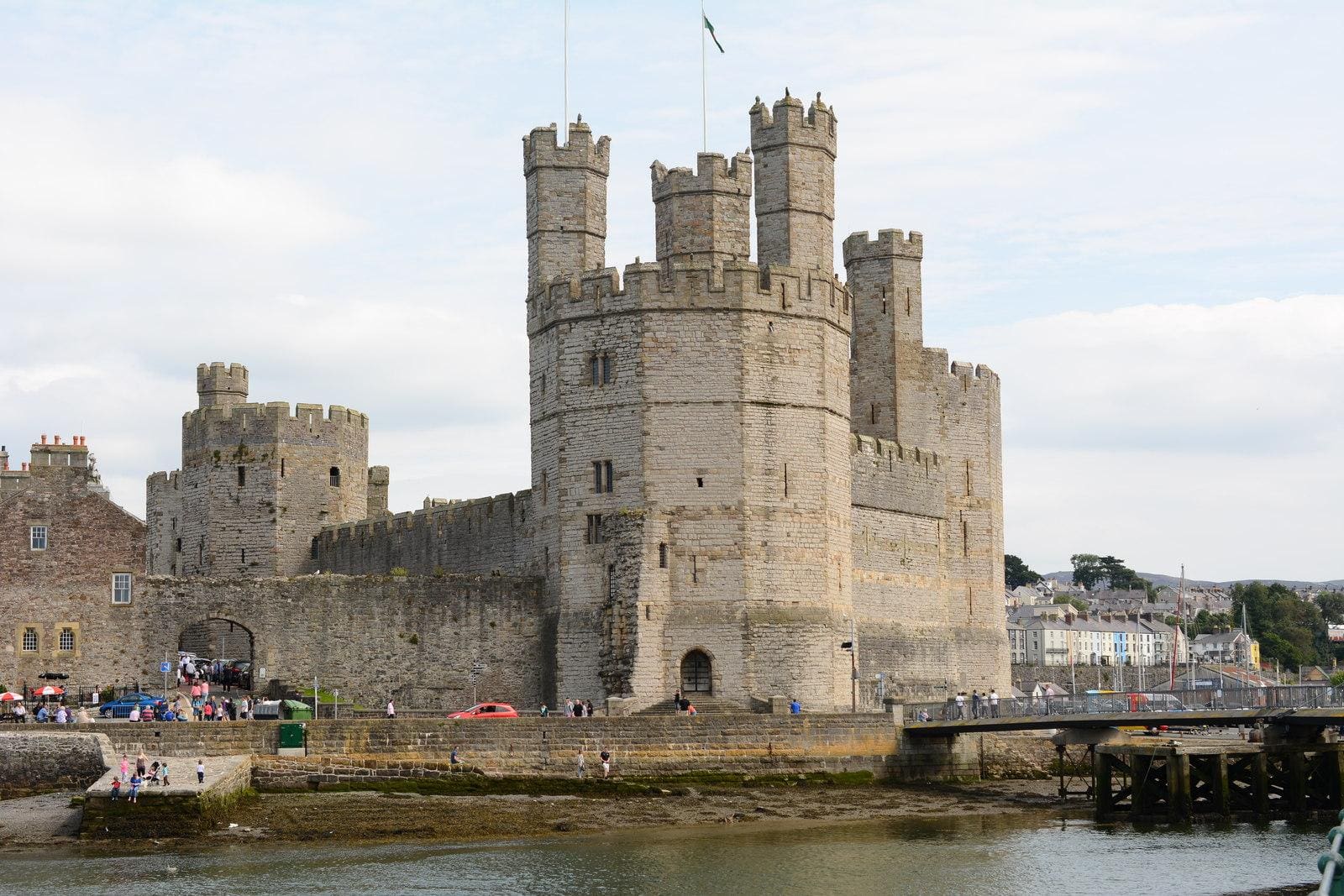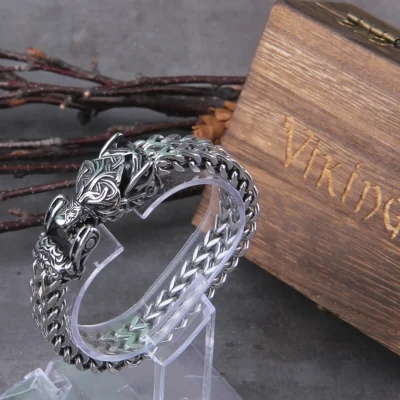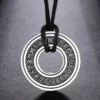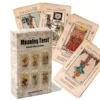Who Was King Edward II?
King Edward II, born in 1284, was a monarch who left an indelible mark on English history. The son of the formidable King Edward I, he had big shoes to fill. But his reign was anything but smooth. Here are 5 facts about his controversial relationships and military failures.
Edward II’s life was a rollercoaster of ups and downs. Understanding King Edward II’s life gives us a glimpse into a turbulent period in English history. His reign was fraught with political intrigue, military blunders, and personal scandals. But it’s these very complexities that make his story so captivating.
Fact 1: Early Life and Ascension to the Throne
The Birth of a Prince: Edward II’s Early Years
Born on 25 April 1284, Edward II was the fourth son of King Edward I and Queen Eleanor of Castile. But don’t let the “fourth son” bit fool you. He was the first of the couple’s children to survive infancy, making him the heir apparent from a young age. Growing up, Edward was educated in the arts of war and governance, but he also had a keen interest in boating and manual labour—quite unusual for a royal!
The Big Moment: Edward II Takes the Crown
When King Edward I died in 1307, Edward II was thrust into the limelight. At the age of 23, he was crowned King of England in a lavish ceremony at Westminster Abbey. But here’s a fascinating fact: Edward II was so attached to his close friend and confidant, Piers Gaveston, that he broke tradition by allowing Gaveston to wear royal purple at the coronation. This act raised many eyebrows and set the stage for a reign filled with controversy.

Challenges and Controversies: The Early Reign of Edward II
Edward II’s early years as king were anything but smooth sailing. He faced opposition from powerful barons, struggled with military campaigns, and was often criticised for his close relationship with Piers Gaveston. Despite these challenges, Edward II made some attempts at reform, including efforts to streamline the legal system and improve trade relations. However, these were largely overshadowed by his military failures and personal controversies.
The Role of the Medieval English Monarchy
Understanding Edward II’s early life and ascension to the throne is crucial for grasping the complexities of the medieval English monarchy. His reign serves as a case study in the challenges and pitfalls that English kings often faced, from political opposition to personal scandals.
Fact 2: Relationship with Piers Gaveston
The Unbreakable Bond: Edward II and Piers Gaveston

One of the most talked-about aspects of Edward II’s life is his close relationship with Piers Gaveston. The two met when they were young and their friendship quickly blossomed into an unbreakable bond. Edward II was so fond of Gaveston that he even granted him the title of Earl of Cornwall—a move that didn’t sit well with the English nobility.
A Friendship That Shook the Kingdom
Edward II’s attachment to Gaveston was more than just a close friendship; it was a relationship that had political repercussions. The king’s favouritism towards Gaveston angered the barons and led to political unrest. In fact, the barons were so displeased that they forced Edward II to exile Gaveston not once, but twice! Yet, the king always found a way to bring his friend back, further straining his relations with the nobility.
The Tragic End of a Close Friendship
Despite the political turmoil, Edward II and Gaveston’s friendship remained steadfast until the very end. Tragically, Gaveston was captured and executed by the barons in 1312, leaving Edward devastated. This event marked a turning point in Edward II’s reign, leading to increased opposition and challenges.
The Impact of Edward II’s Relationship with Gaveston on His Reign
The friendship between Edward II and Piers Gaveston had a profound impact on Edward’s reign and the political landscape of England. It not only led to internal strife but also weakened the king’s authority. Understanding this relationship is key to comprehending the complexities and challenges that marked Edward II’s time on the throne.
Fact 3: The Battle of Bannockburn
The Stage is Set: Edward II and the Battle of Bannockburn
One of the most defining moments of Edward II’s reign was the Battle of Bannockburn in 1314. This battle was a pivotal event in the First War of Scottish Independence. Edward II led the English army against Robert the Bruce, King of Scots, in a clash that would go down in history for its dramatic outcome.

The Unforgettable Defeat: What Went Wrong?
Edward II’s army was larger and better equipped, but they were disastrously defeated. So, what went wrong? Poor strategy and overconfidence played a big part. Edward II underestimated Robert the Bruce and paid the price. The defeat at Bannockburn was not just a military failure; it was a blow to Edward II’s prestige and authority.
The Aftermath: Repercussions of the Battle of Bannockburn

The defeat had far-reaching consequences. It emboldened the Scots and weakened Edward II’s hold on his northern territories. The loss also led to increased criticism from his own barons, further destabilising his reign.
Linking to the Bigger Picture: History of Caernarfon Castle
The Battle of Bannockburn can be better understood in the context of Edwardian military architecture. Edward I, Edward II’s father, had built formidable castles like Caernarfon to subdue the Welsh. These castles were marvels of military engineering but couldn’t prevent Edward II’s defeat at Bannockburn.

Fact 4: Imprisonment and Abdication
The Downfall Begins: Edward II’s Imprisonment
Edward II’s reign was fraught with challenges, but none so dire as his eventual imprisonment. After years of political unrest and military failures, the king found himself at odds with his own wife, Queen Isabella, and her lover, Roger Mortimer. In a dramatic turn of events, Edward II was captured and imprisoned in Berkeley Castle in 1327.
The Unthinkable: Abdication of the Throne
While in captivity, Edward II was coerced into abdicating the throne in favour of his son, Edward III. This was an unprecedented move that shocked the nation. The abdication was not just a personal failure for Edward II; it was a moment that changed the course of English history.
The Role of Queen Isabella: The She-Wolf of France
Queen Isabella played a pivotal role in Edward II’s downfall. Often referred to as the “She-Wolf of France,” she masterminded the coup that led to Edward’s imprisonment and abdication. Her actions were driven by a combination of personal grievances and political ambitions, making her a key figure in this dramatic chapter of Edward II’s life.
The Legacy of Edward II’s Abdication: King Henry III, Edward II’s Grandfather

Edward II’s abdication had a ripple effect on the English monarchy. It raised questions about the divine right of kings and the extent to which a monarch could be held accountable for their actions. These questions were not new; they had been debated during the reign of Edward II’s grandfather, King Henry III, but Edward’s abdication brought them to the forefront once again.
Fact 5: Mysterious Circumstances of His Death
The Enigma: Did Edward II Really Die in Prison?
Edward II’s life was filled with twists and turns, but none so puzzling as the circumstances surrounding his death. Officially, he is said to have died in Berkeley Castle in 1327, where he was imprisoned. However, rumours and theories abound that he may have escaped and lived the rest of his life in exile.
The Official Story: Death by Cruel Means?
According to historical records, Edward II died due to “a fatal accident,” which many believe to be a euphemism for murder. The most popular theory suggests a rather gruesome end involving a red-hot poker. However, this account has been widely debated and is considered by many historians to be more of a legend than a fact.
Alternative Theories: Did King Edward II Escape?
Over the years, several alternative theories have emerged about Edward II’s fate. Some historians argue that he managed to escape from Berkeley Castle and lived in Italy under an assumed name. These theories, while not universally accepted, add another layer of intrigue to Edward II’s already enigmatic life.
The Lasting Mystery: Edward II’s Death in Historical Context
The mysterious circumstances of Edward II’s death have fascinated historians for centuries. Whether he was murdered in cold blood or managed to escape and live in exile, his death remains one of the most intriguing and debated topics in English history.
The Complex Legacy of King Edward II
A Reign Filled with Intrigue and Controversy
As we’ve journeyed through the life of King Edward II, it’s clear that his reign was a tapestry of intrigue, controversy, and dramatic events. From his early years and close friendship with Piers Gaveston to his military failures and the mysterious circumstances of his death, Edward II’s life was anything but ordinary.
The Lasting Impact: Edward II’s Influence on English History
Despite the challenges and controversies, Edward II’s reign had a lasting impact on English history. His abdication raised questions about the divine right of kings, his military failures led to shifts in territorial control, and his personal relationships influenced the political landscape of his time.






